
Народне мањине у Пољској
Пољска Република, слично као и многе европске државе (Румунија, Шпанија, Летонија, Швајцарска, Литва, и т. д.), спада у тип народно-нејединствених држава, у којима ипак народна већина представља апсолутну већину.
More...We kindly inform you that, as long as the subject affiliation of our 300.000+ articles is in progress, you might get unsufficient or no results on your third level or second level search. In this case, please broaden your search criteria.

Пољска Република, слично као и многе европске државе (Румунија, Шпанија, Летонија, Швајцарска, Литва, и т. д.), спада у тип народно-нејединствених држава, у којима ипак народна већина представља апсолутну већину.
More...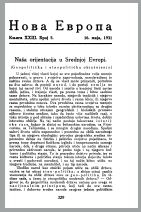
≫Nova Evropa≪ je od svoga početka obraćala naročitu pažnju važnome pitanju narodnih manjina, posvećujući mu u toku svoga izlaženja i čitave brojeve i mnoge članke. To pitanje, uostalom, čini jednu tačku programa ≫Nove Evrope≪.
More...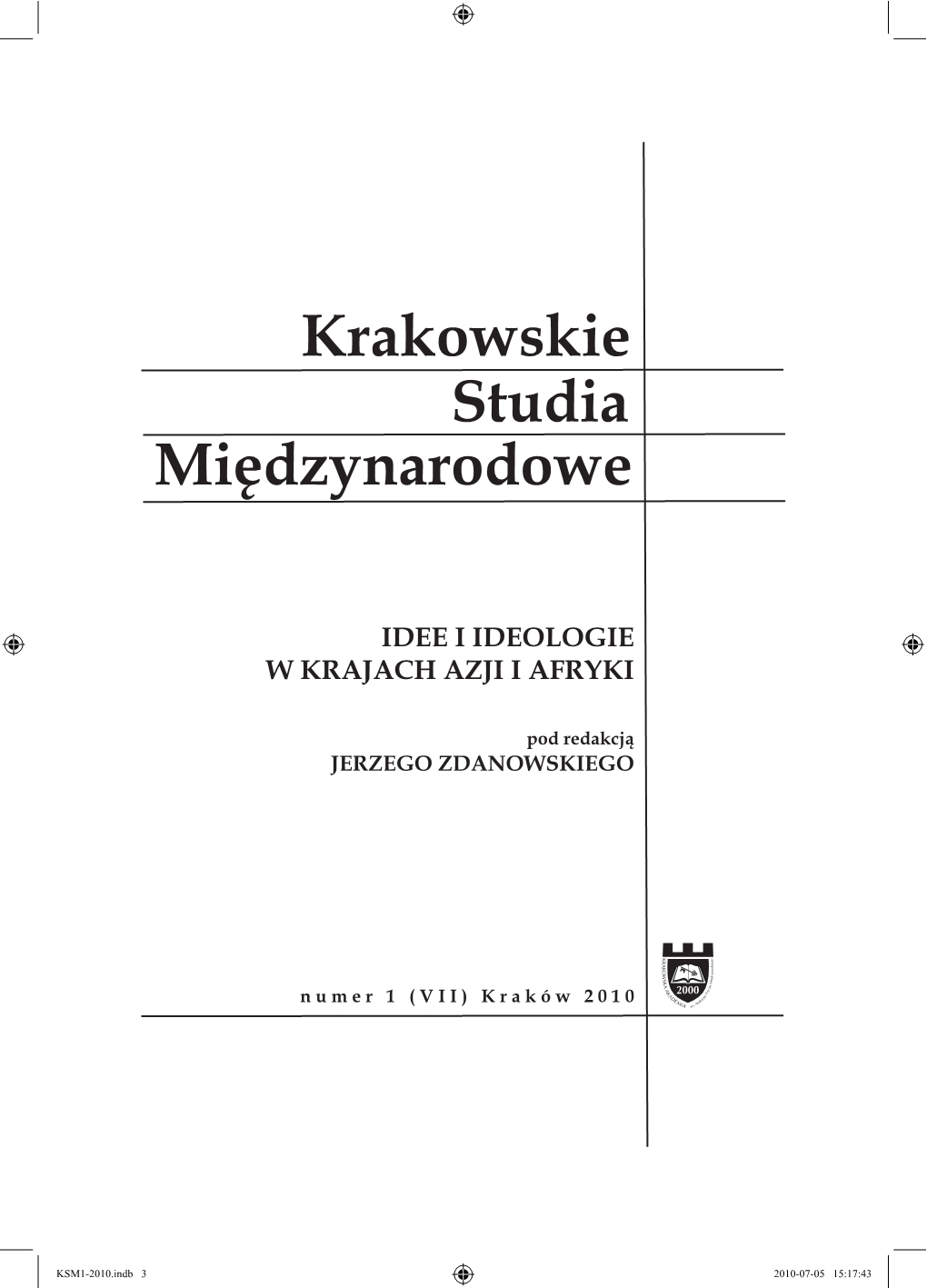

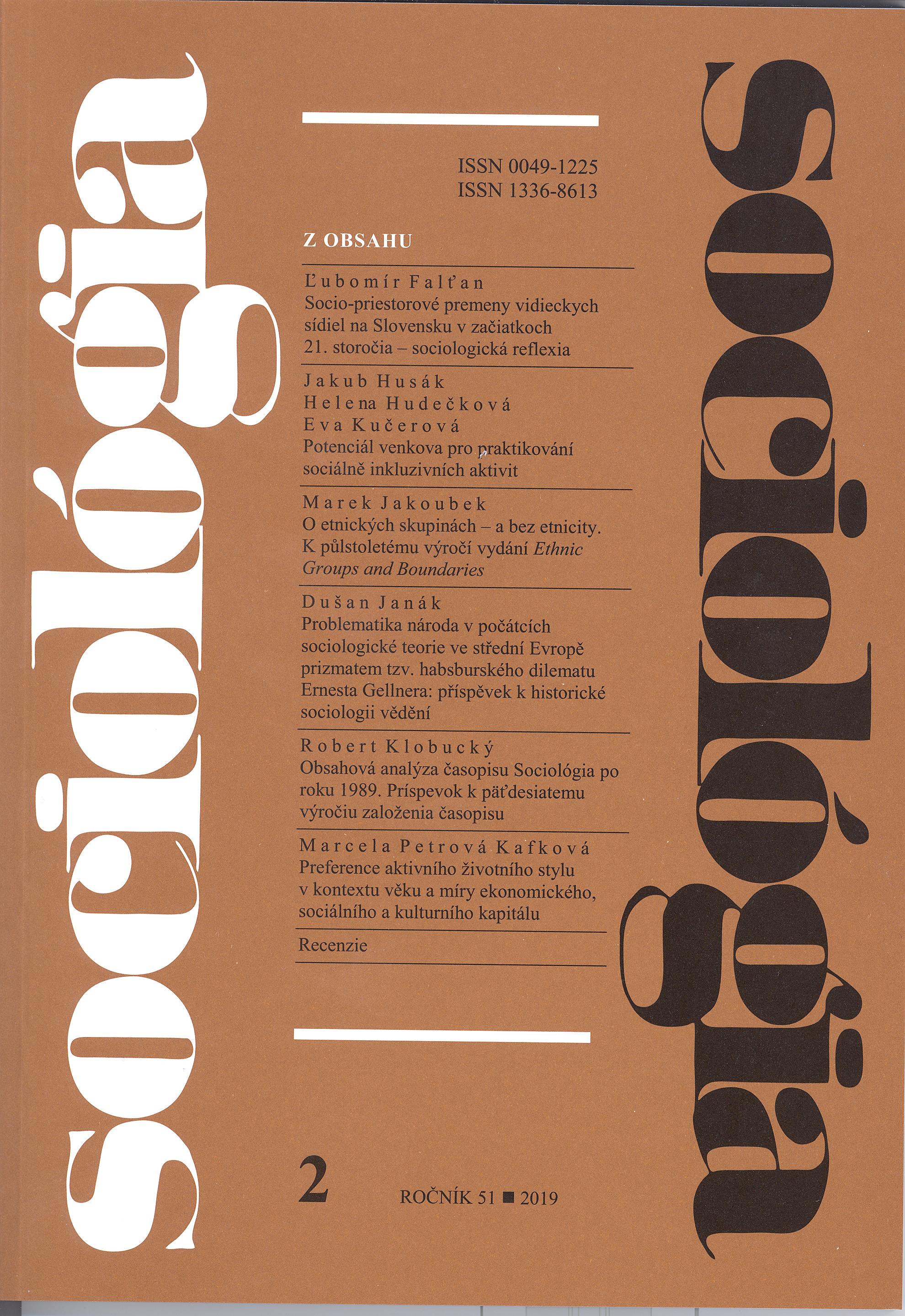
On Ethnic Groups – and (yet) without Ethnicity. On Occasion of the 50th Anniversary of Ethnic Groups and Boundaries. On the Occasion of the 50th Anniversary of publishing Ethnic Groups and Boundaries: The Social Organization of Culture Difference, a work edited by Fredrik Barth, the author reflects on the reasons and causes of the renown and impact of the book that is today generally considered a key text in ethnic studies, be it in the anthropological or broader social-scientific discourse. As a starting point for the reevaluation the author takes a period view on the book, i.e. considers the context of the time when it was written and published. In some cases the period contextualization leads to quite unexpected findings. First of all, there is a kind of paradox, since in the book, considered essential in the study of ethnicity, F. Barth does not use the term “ethnicity” a single time. At the same time the author shows that in many cases period authors did not consider the book to represent a watershed in ethnic studies. Moreover, as is further shown, the reception of the book was – especially in North America – quite delayed and only very slow. In other words, contemporary responses to the book are not in accordance with the canonical narrative of its influence and impact. So, if we insist on the key position of Ethnic Groups and Boundaries in ethnic studies, at least some of the explanations thereof need to be revised; and perhaps some new ones need to be found, too. A 50th Anniversary is an exceptionally suitable time for this enterprise.
More...
The Issue of the Nation at the Beginning of Sociological Theory in Central Europe through the Lens of Ernest Gellner´s Concept of the Habsburg Dilemma: Contribution to Historical Sociology of Knowledge. The Habsburg Dilemma is the tension between two opposing world and political views (individualistic universalism and culturalistic organicism) which characterized, according to E. Gellner, the cultural and political life in the late period of the Austrian monarchy and was also mirrored in the field of intellectual production. The study applies this Gellner's thesis to the sociological reflection of national issues in the work of significant Central European sociologists of the first half of the 20th century. Gellner's concept allows us to explain the varying degree of interest in national issues among individual sociologists, as well as the nature of conceptual approach to nation-related issues by individual theoreticians, where we find distinct social bearers of both the worldviews (Hungary, Austria). In the countries without a pronounced split of the intellectual stratum (Czechoslovakia, Poland), the Habsburg dilemma can be recognized primarily as a conceptual tension within one theory, but it does not consistently explain the differences in the theoretical grasp of the topic or the degree of politicization of the issue.Sociológia 2019, Vol. 51 (No. 2: 152-178)
More...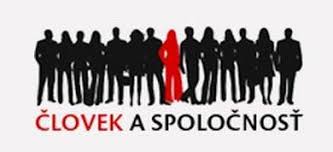
Review of: Ivan Schmidt - Šutaj, Š. – Regináčová, N. – Heldáková, L. Current Issues of Research on Nationality Policy and Nationality Relations in Slovakia in the 20th and 21st Centuries. Prešov: Universum-eu, 2017, 198 p., ISBN 978-80-89946-01-3
More...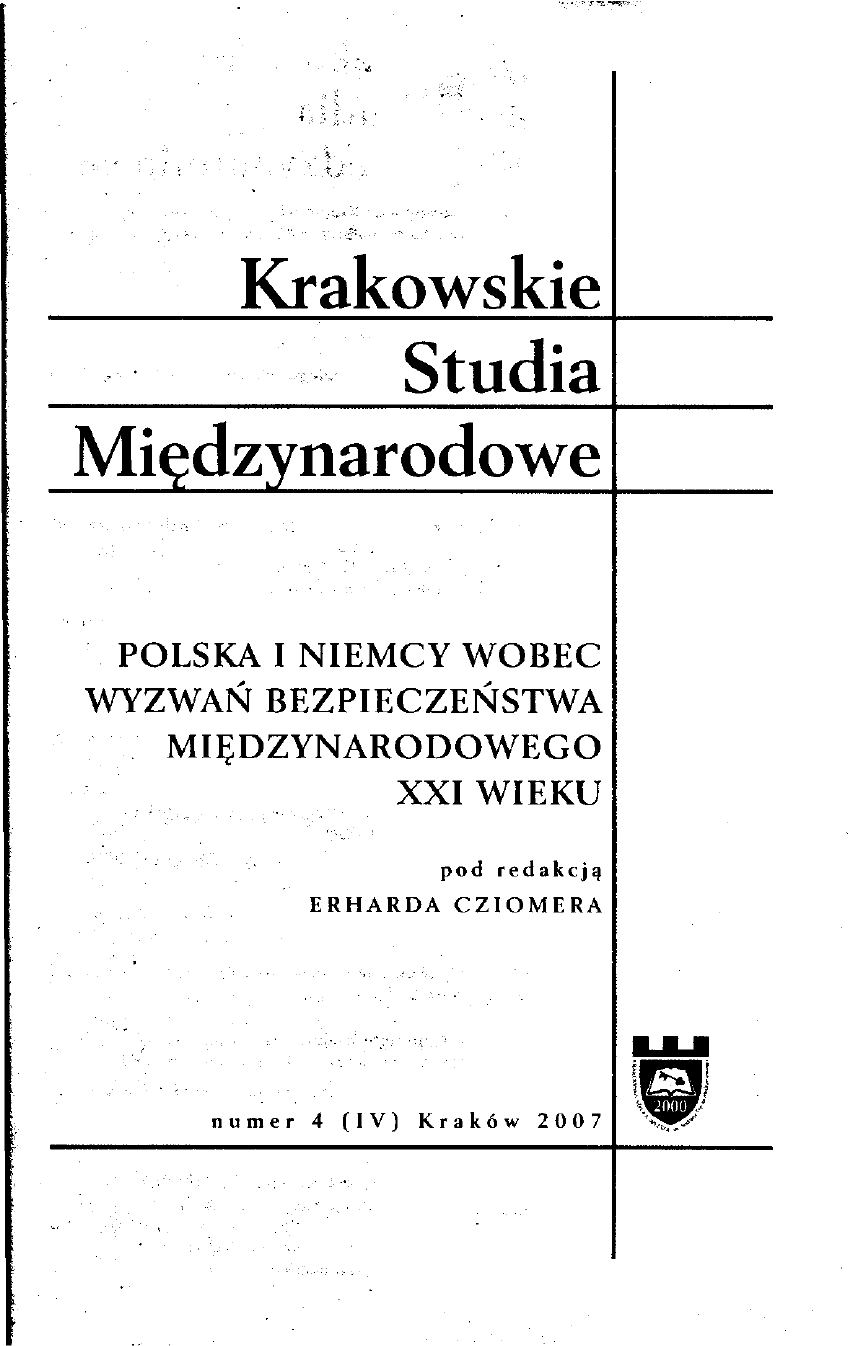
The article presents the basic determinants, means and goals of Polish security policy, expressed the program documents that have been approved since 1989. There were closely related to the systemie transformation and resultant foreign policy of the state. Due to the achievement of some of the originally established goals in the emergence of new challenges and threats to security, the designing and implementing of a new national security strategy, adequate to the situation at the threshold to the 21st century, became necessary. Nevertheless, the terrorist acts of September 11 and the international repercussions resulted in an urgent need of an update. All these taken together led to the passing of the National Security Strategy of the Republic of Poland, a document that came into force on November 13, 2007 to specify the basic goals and means of Polish security policy. The article discusses further the work on the successive document of the same character carried intensively in 2006, which eventually were crowned by the assumption of the new National Security Strategy on November 13, 2007. Furthermore, it points at reasons other than international circumstances and questions of national security that caused such a frequent endorsement of new documents of strategie character. In the summary, they offer lists the actions undertaken early in the 21st-century within Polish security policy to carry out the indications contained in the documents presented.
More...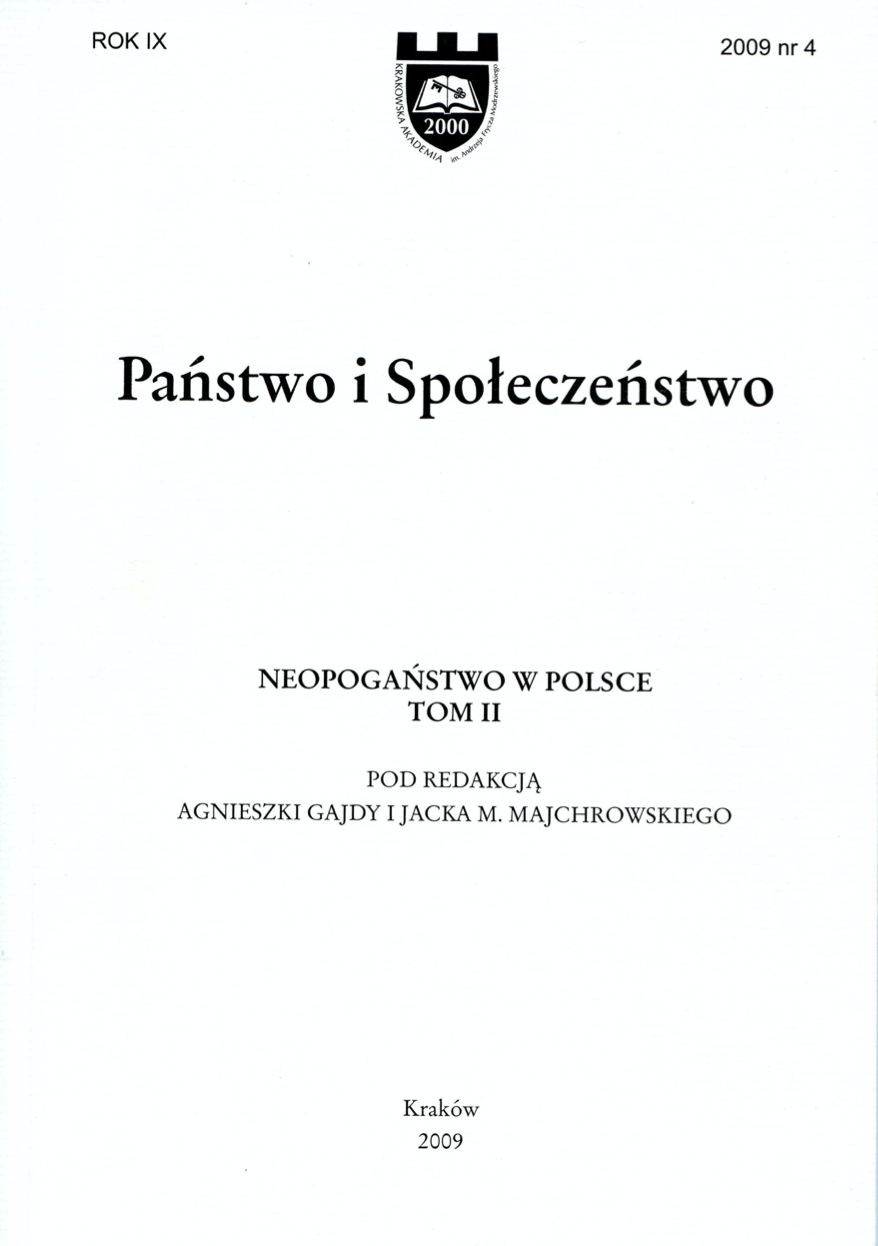
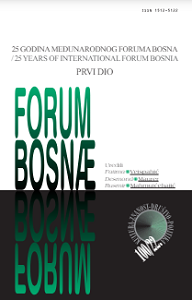
Važne i potrebne kritike nacionalizma bez izuzetka ostaju u sferi ideologije i politike, nečega što se uopšteno može nazvati društvena svijest. Istovremeno, nacionalizam istorijski pokazuje trajnu “žilavost”, stalno se obnavlja, sve političke i društvene promjene preživljava uz modifikacije svojih oblika. Izbori u Bosni i Hercegovini oktobra 2022. potvrđuju prethodnu ocjenu. Nacionalističke partije Stranka demokratske akcije (SDA), Hrvatska demokratska zajednica (HDZ) i Savez nezavisnih socijaldemokrata (SNSD) u raznim “koalicionim” oblicima učvrstile su poziciju najjačih partija uz neznatne gubitke. Sami izbori niti su bili fer ni pošteni. Krali su se glasovi na sve strane. To nije razlog njihovih pobjeda i ne smije biti alibi za izbjegavanje suočavanja s realnošću. One su, nažalost, pobijedile a krađa glasova, veća ili manja, samo je cilj sistema koji je u nas formiran. Pobijedile su zbog realnog društveno-ekonomskog sistema koji su formirale (u tri kopije s istim karakterom) za 27 godina vlasti. Nacionalizam je ideologija tog sistema.
More...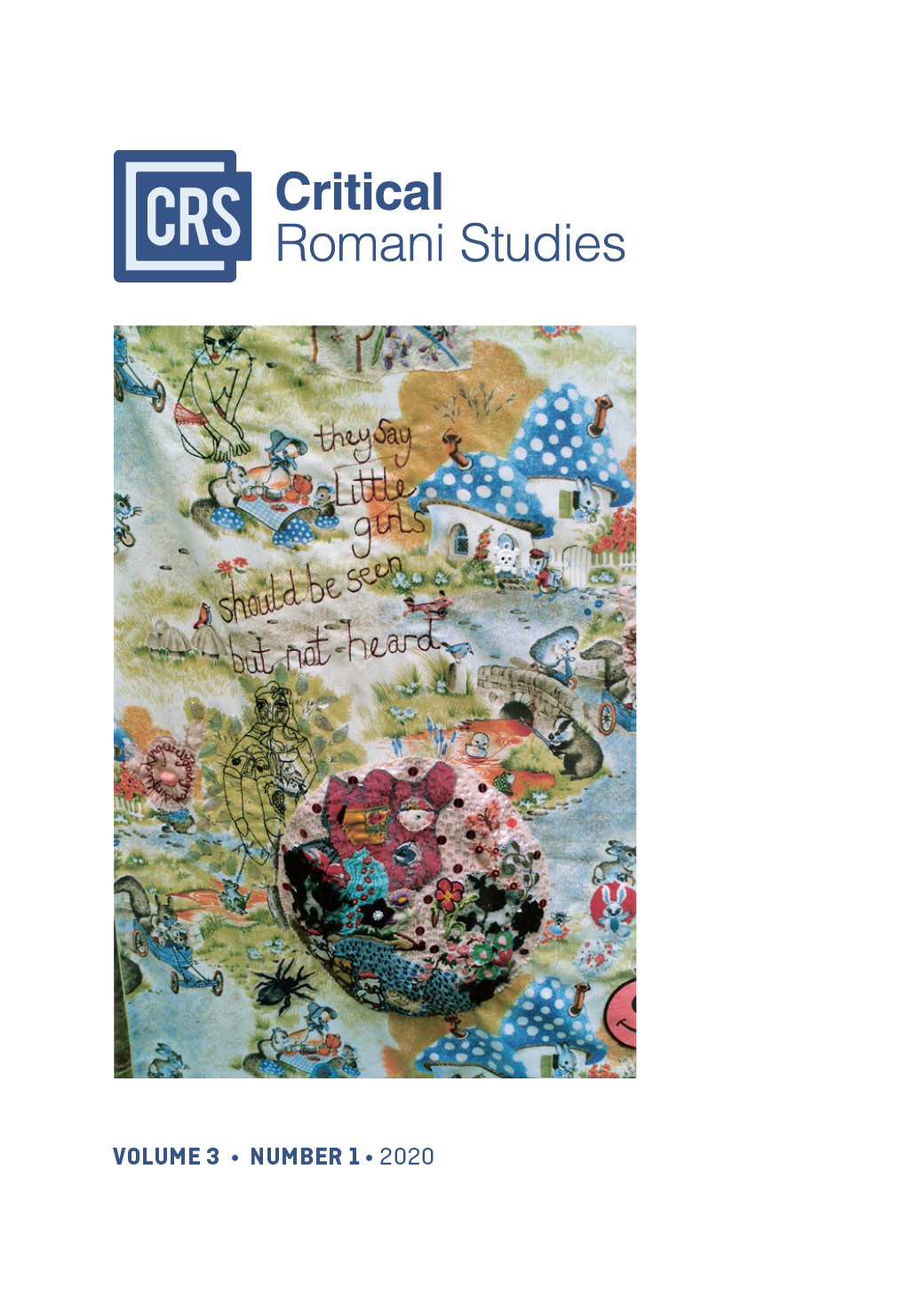
This article discusses the relationship between Western donors and Romani and Romani-friendly organizations in Central and Eastern Europe after 1989. Based on literature review, interviews,reports, and websites, this paper upholds that the burst of Romani and Romani-friendly organizations in Central and Eastern Europe after 1989 primarily was made possible by financial support and expertise coming from Western organizations.Together with their work methodology, so-called donors took their own framework on understanding groupings and enforced the concept of nation upon Gypsy/Romani populations.Therefore, Western donors and Romani activists and intellectuals alike essentialized (claimed) Gypsy/Romani traits in order to support a nation-building rhetoric. These Romani activists and intellectuals, in turn, are a legacy of policies from planned economies, and they actually might represent Gypsy/Romani communities from a privileged perspective – no longer fully insiders but as a vanguard.
More...
This article examines the most serious problem of Lithuanian nationalists in the USA: the consolidation of fragmented groups. This fragmentation caused problems not only for the cooperation of all patriotic groups among Lithuanian Americans but also for the activities of the nationalists themselves. The focus is on the attempts of the nationalists of the Eastern States of the USA to unite their forces during the World War II to achieve unity of the entire Lithuanian nationalist movement in the USA. To this end, the Lithuanian American National Association, operating in New York-Brooklyn (1940–1943), was reorganized in 1943 into the Lithuanian American National Center, maintaining the hope that the Center would become a focal point for unification. By changing leadership, local nationalist forces managed to consolidate. However, there were still contradictions with the nationalists of the Western States of the USA, who, from 7-8 June 1941 onwards, concentrated in a new organization, the Union for the Liberation of Lithuania, in Cleveland, and showed greater activity. Both groups wanted to lead the Lithuanian nationalist movement in the USA which was one of the reasons for their disagreements. Although the organizations remained quite independent until 1949, the common actions for the liberation of Lithuania were coordinated in good faith. The issue at hand is one that has not yet been explored by historians, and the sources used are included for the first time in the study.
More...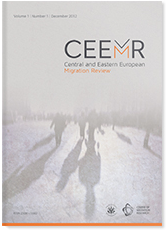
In 2015, the inflow of immigrants to Europe increased dramatically. More than 1 million people fled fromwars and conflicts in Syria, Iraq and Afghanistan, particularly affecting transit countries along the WesternBalkan route. Of all the transit countries, the Hungarian government was particularly vocal in its negativeattitude towards immigrants, launching several anti-immigration campaigns which had a detrimental effecton residents’ hostility towards these immigrants. In this study, we focus on the mechanisms behind thisincreased hostility in a transit-country context by combining insights from integrated-threat theory andcontact theory. We find that perceptions of realistic and symbolic threat increased negative attitudestowards immigrants. Importantly, these threat perceptions were shaped by people’s positions in society andpersonal circumstances, in combination with their contact with immigrants. Specifically, in the harsh andnegative Hungarian context, contact negatively influenced threat perceptions, especially amongst peoplewho were at risk of experiencing negative consequences supposedly caused by the influx of immigrants.This in-depth country case study emphasises the importance of contextualising research findings onattitudes towards immigration in a broader social and political context.
More...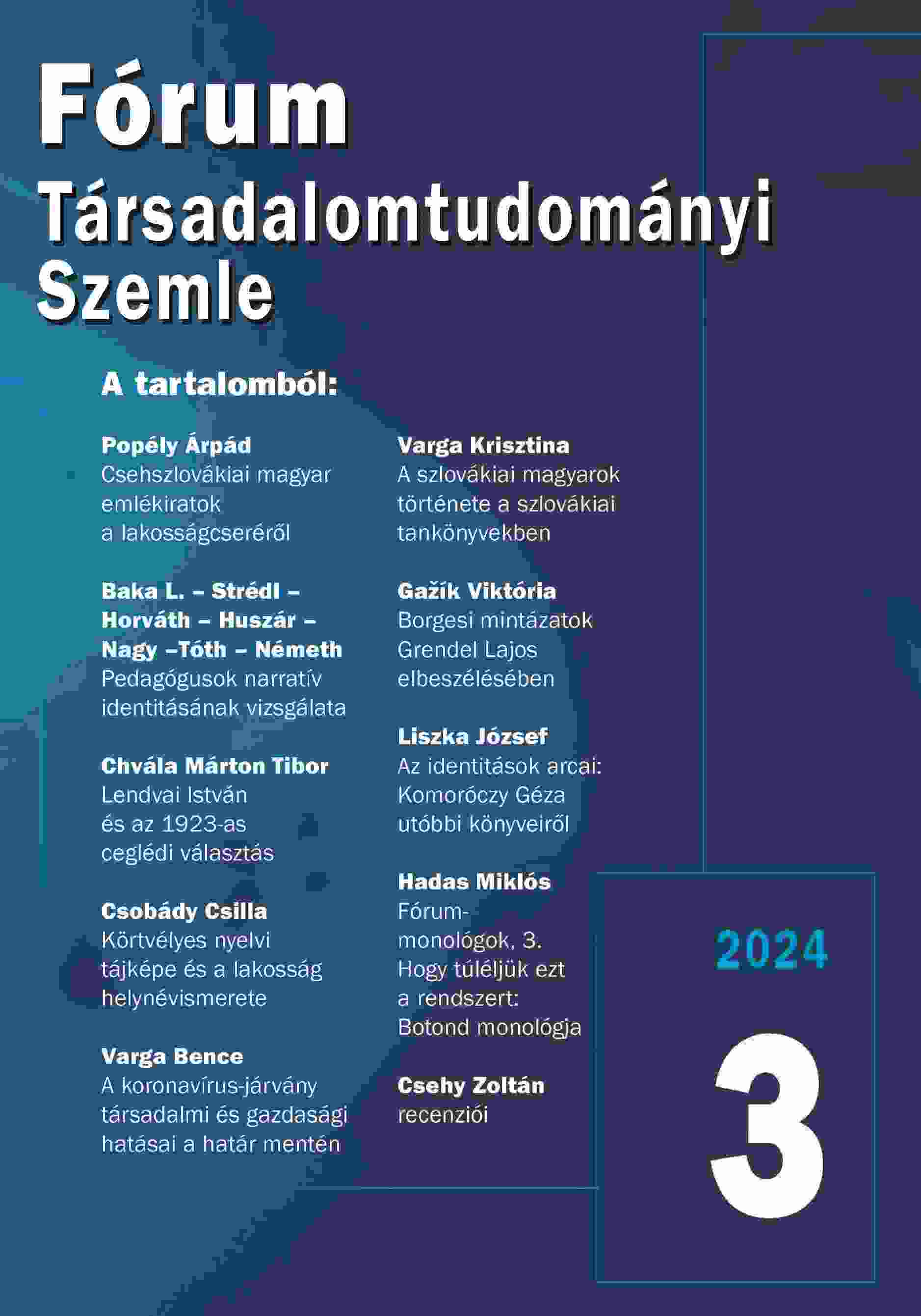
The subject of the interview, a Szekler Hungarian from Romania, talks about the hardships he experienced as a Hungarian in Romania and Hungary, until he achieved his goal: to provide for his family financially, by persevering and working hard, even overcoming his timidity.
More...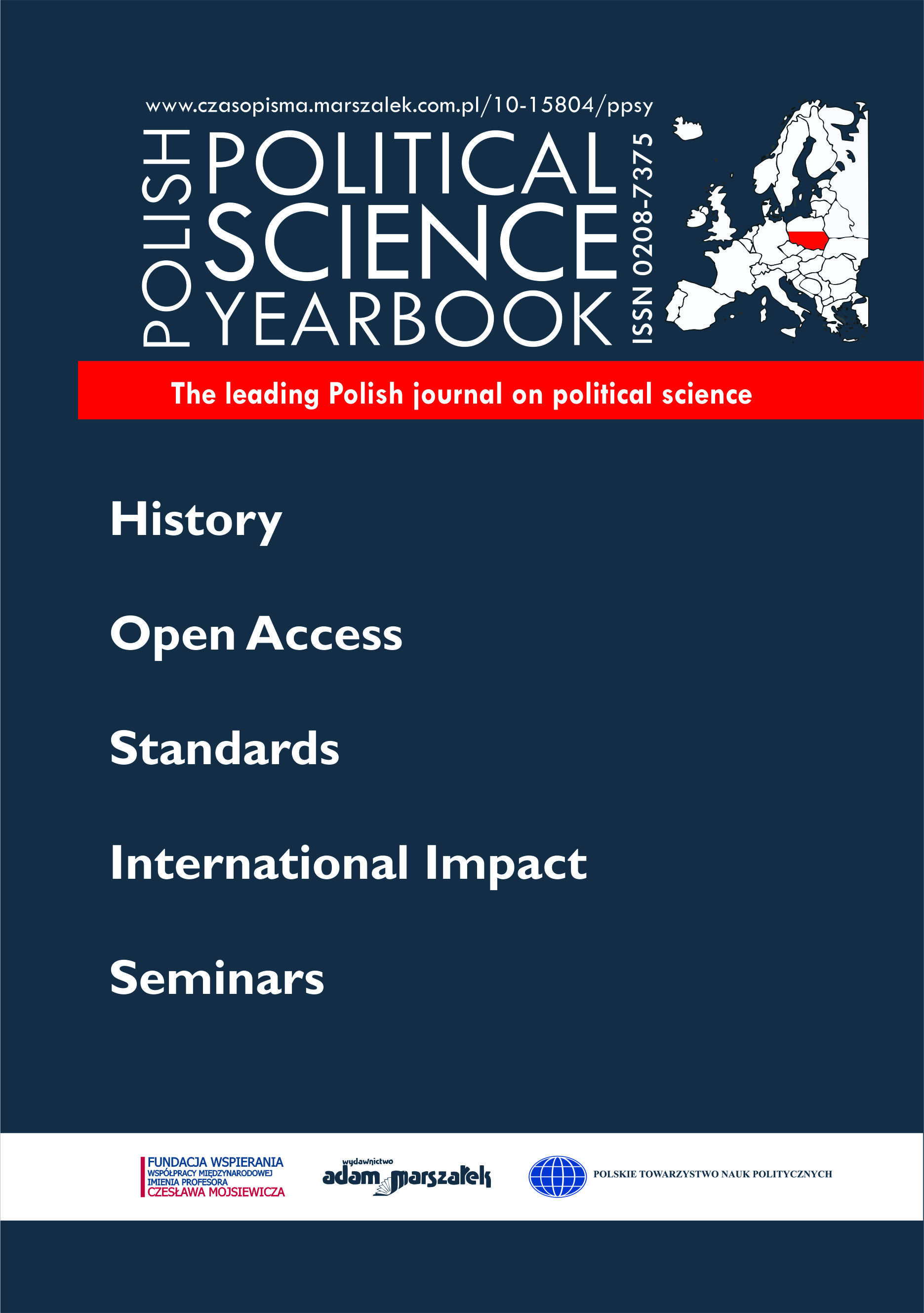
Tsai Ing-wen, the president of the Republic of China (Taiwan) in 2016–2024, is one of Asia’s most extraordinary female political leaders. A self-made woman who managed to enter politics independently – she was not born into a political family as is usually the case in East Asia, Southeast Asia, and South Asia – and who succeeded in her presidency. Tsai has enhanced the global profile of her country and impressed the world by combating the COVID-19 pandemic in a model way. She has also skillfully handled delicate cross-strait relations despite Beijing’s growing assertiveness. Tsai and her presidency are important for several reasons; the one highlighted here is her role in enhancing and trying to modify Taiwanese nation-building. During her presidency, Tsai Ing-wen advocated a “Third Way,” officially called “21st Century Taiwan’s Overall Cultural Construction”, based on accepting both the Taiwaneseness and the heritage of the Republic of China and merging both of these features. In other words, it emphasizes Taiwaneseness while not rejecting Chineseness. This is an interesting and bold attempt to forge a compromised identity, but one with an uncertain future due to domestic and international variables.
More...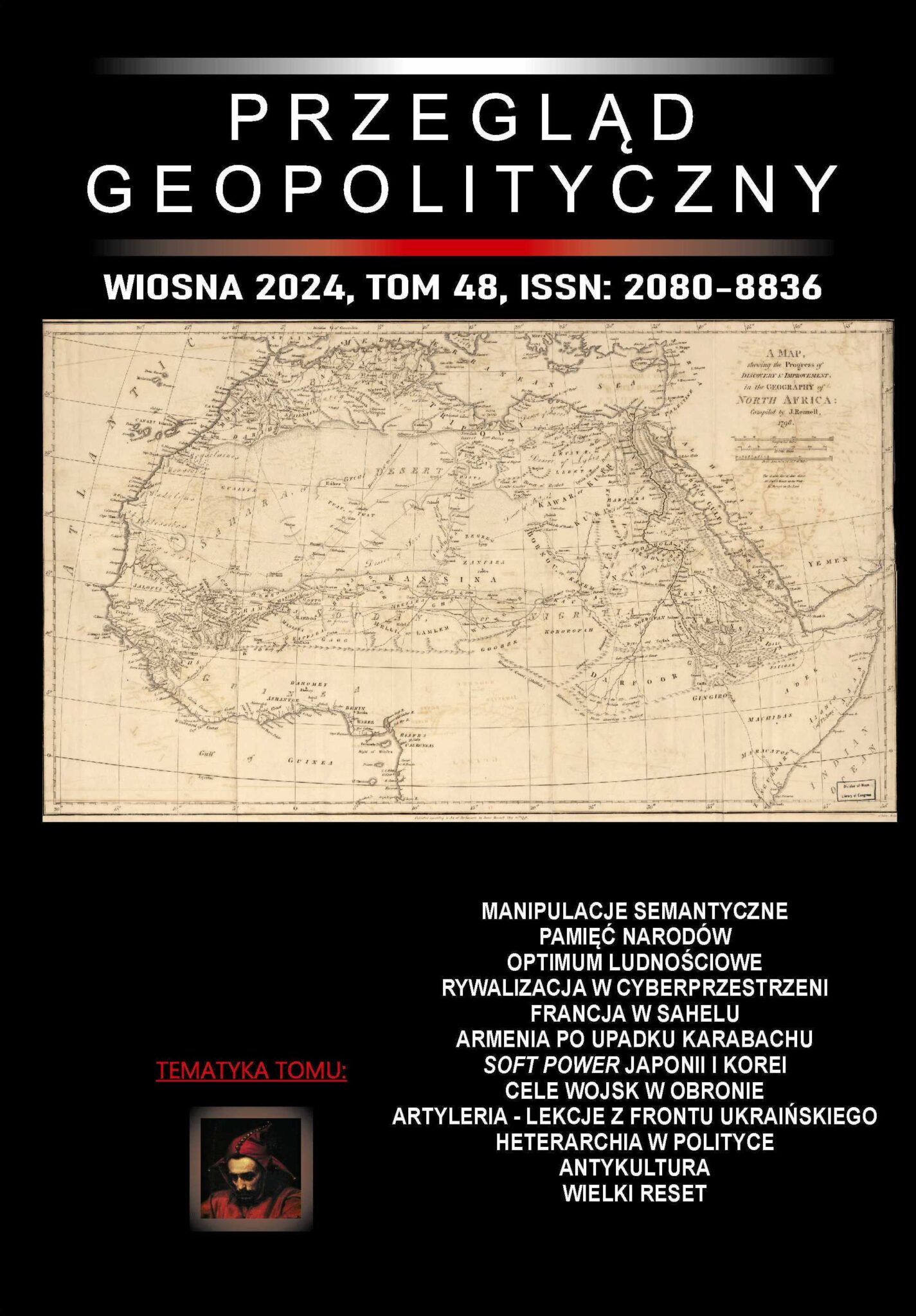
This paper proposes a typology of entities of public order, including international governance, and argues in favor of the central role of free human persons in the architecture of public life. Attention is drawn to the difference between a morally qualified person and an officially registered statistical unit. In the face of contemporary semantic manipulations resulting from the substitution of natural communities by nurturing institutions, the need for precise use of conceptual categories is pointed out. Selected alternative proposals for dealing with institutional gigantomania and civilizational overstimulation are discussed, and in the Polish case, two attempts to manipulate national heritage, reported from the ideological positions of modernist imitation, are exposed.
More...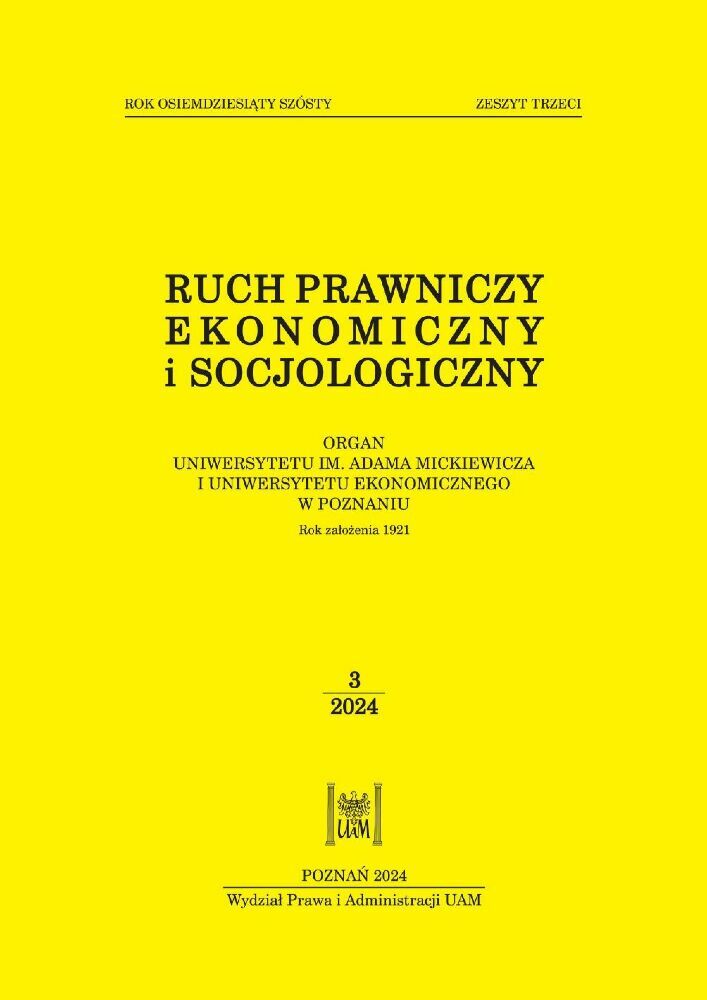
The purpose of the paper is reconstruction of Florian Znaniecki’s theory of the nation. The basis ofmy interpretation will be following questions or research problems: (i) Does national membershipresult from the possession of certain features, or is it a question of free will? (ii) Were nation-build-ing processes autonomous with regards to socio-political and socio-economical processes, or werethey reducible to them? (iii) Did one universal path of nation-building exist (at least in Europe)or were there more paths? The answer to these questions allows Znaniecki’s theory to be locatedin a wider comparative perspective, from which his opinions can be compared with those of otherauthors (such as e.g. Zygmunt Balicki, Ernest Gellner, Feliks Koneczny and Andrzej Nowak).According to Znaniecki, a nation is a community based on commonly shared cultural convictions,and it has an objective status. Because of this, nation-building processes are not reducible to mod-ernization or political processes, although the nation-state can be a result of nation-building pro-cesses. This approach allows us to conceptualize the peculiarities of the development of nationalconsciousness in Central and Eastern Europe. In the final part of the paper, Znaniecki’s vision ofthe world society based on national cultures is analysed.
More...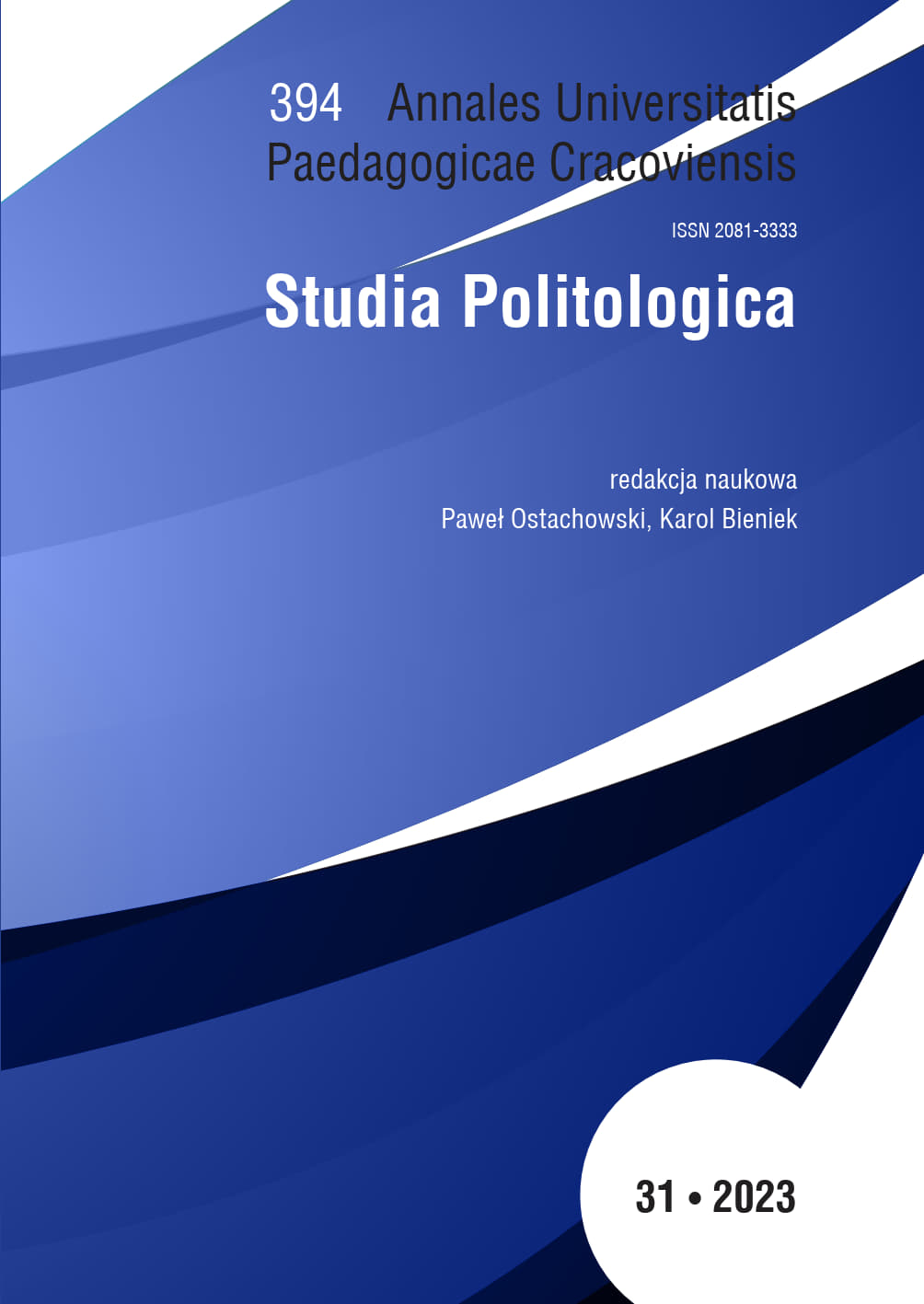
The nineteenth century was a time when the modern understanding of the nation was created.From the very beginning, this phenomenon aroused the interest of researchers in the socialsciences and humanities. It also affected Ukraine. The aim of this article is to identify the mostimportant circles involved in the creation of Ukrainian identity as a modern nation. In the workoutside the intellectual circles, the most significant national activists of Ukraine in the 19thandearly 20thcenturies were listed, whose work and life laid the foundations for the Ukrainianidentity observed today. The turning point of the work is the year 1914 as a turning point inthe history of the region, which also significantly influenced the issues discussed. The work willalso include reference to the traces of the activities of the discussed centers and intellectualsI met in the Ukrainian Transcarpathia in the years 2016–2018.
More...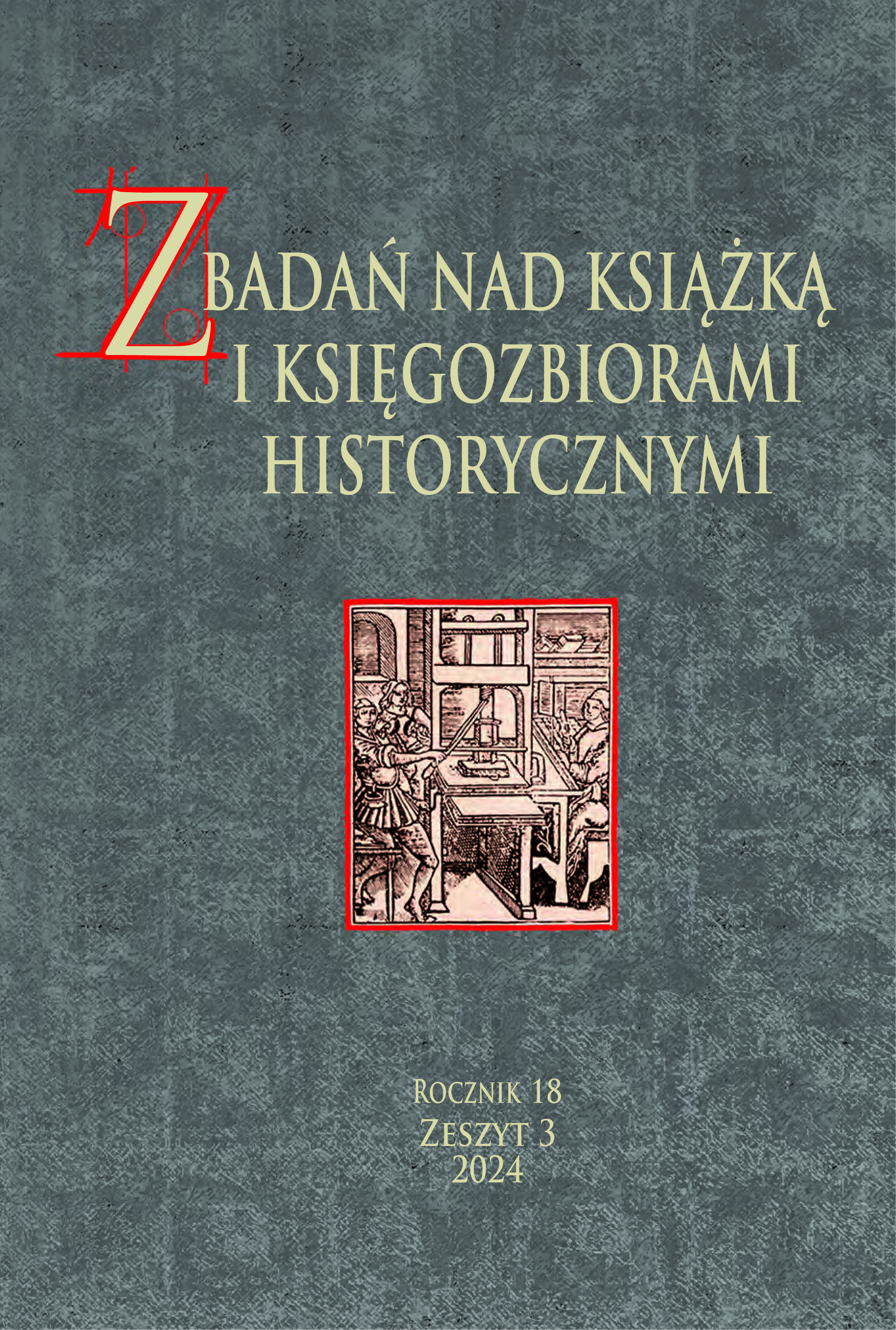
This paper focuses on how October 28—Czechoslovak Independence Day—ispresented in children’s sections and supplements in newspapers of inter-war Czechoslovakia.Examination of various types of texts intended for children reveals several basic interpretationsof this important day. The paper aims to describe the characteristics taken on by the formationof a nation-building myth for children, which transforms the collective memory of parents intoa historical memory serving to create and strengthen national identity.
More...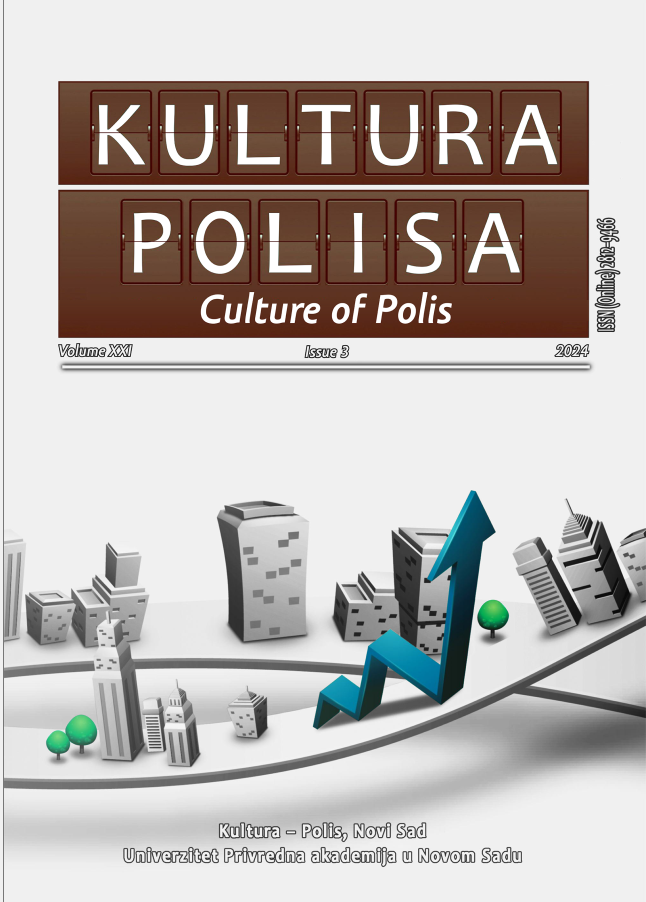
This article aims to present designated outcomes of the author’s research on the Serbian world concept, which surfaced as an indispensable part of the public discourse in the year 2020, and has been ever since repeatedly identified with the notion of “Greater Serbia”. Hence, the methodology of the comparative analysis will be applied with the intention of systematically examining the resemblances and differences of the said concepts, including also elements of the qualitative content analysis. The qualitative content analysis includes pre-selected public statements of prominent regional stakeholders in which they identify the Serbian world with the “Greater Serbia” concept. This represents a significant approach for the understanding of the Serbian world per se and its comparison with other note-worthy concepts, because it is still regarded mainly as a mental construct. Therefore, whilst analysing this concept the focus must be placed on processes of mental shaping of the world as understood by the participants of the discourse, and on the process of the conceptualization of reality. Based on the results of the analysis, the author concludes that only its opponents regard the Serbian world as a modernized version of “Greater Serbia” with the purpose of discrediting the newly popularized term, and for which they assume will have an exclusively territorial connotation with imperial pretensions. However, the analysis has shown that the constant comparisons with “Greater Serbia” are part of an ongoing anti-Serbian campaign, and that the concept was not designed after any greater-state ideas. The Serbian world concept has a predominantly cultural dimension, with a focus on the promotion of the ‘world of values’ of the Serbian people.
More...